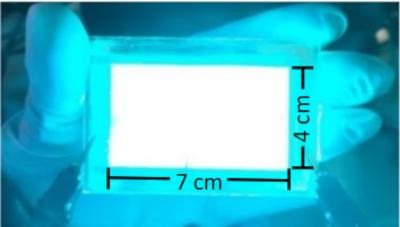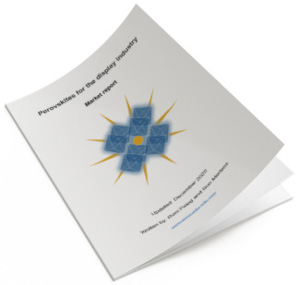Researchers successfully tackle the stability issue of perovskite LEDs
Perovskite LEDs can be produced quite easily and at low cost. They show great promise as they are lightweight and can offer flexibility compared to OLEDs, with color purity and tunability similar to LEDs based on III-V semiconductors. However, the poor device stability of perovskite LEDs will have to be overcome before commercial applications can emerge. Typical lifespans of perovskite LEDs are on the order of 10 to 100 hours. In contrast, the minimum lifetime required for an OLED display is 10,000 hours. It is currently challenging to reach this threshold, as halide perovskite semiconductors can be intrinsically unstable due to the ionic nature of their crystal structures—the ions can move around when voltages are applied to the LEDs, leading to material degradation.
In their recent work, a research group led by Prof. Di Dawei and Prof. Zhao Baodan at the College of Optical Science and Engineering of Zhejiang University discovered that by using a dipolar molecular stabilizer, it is possible to make efficient and stable perovskite LEDs with ultralong lifetimes, satisfying the demands of commercial applications. The research was carried out in collaboration with the research groups of Prof. Li Cheng at Xiamen University, Prof. Hong Zijian at Zhejiang University, and Prof. Li Weiwei at NUAA and formerly at Cambridge University.







